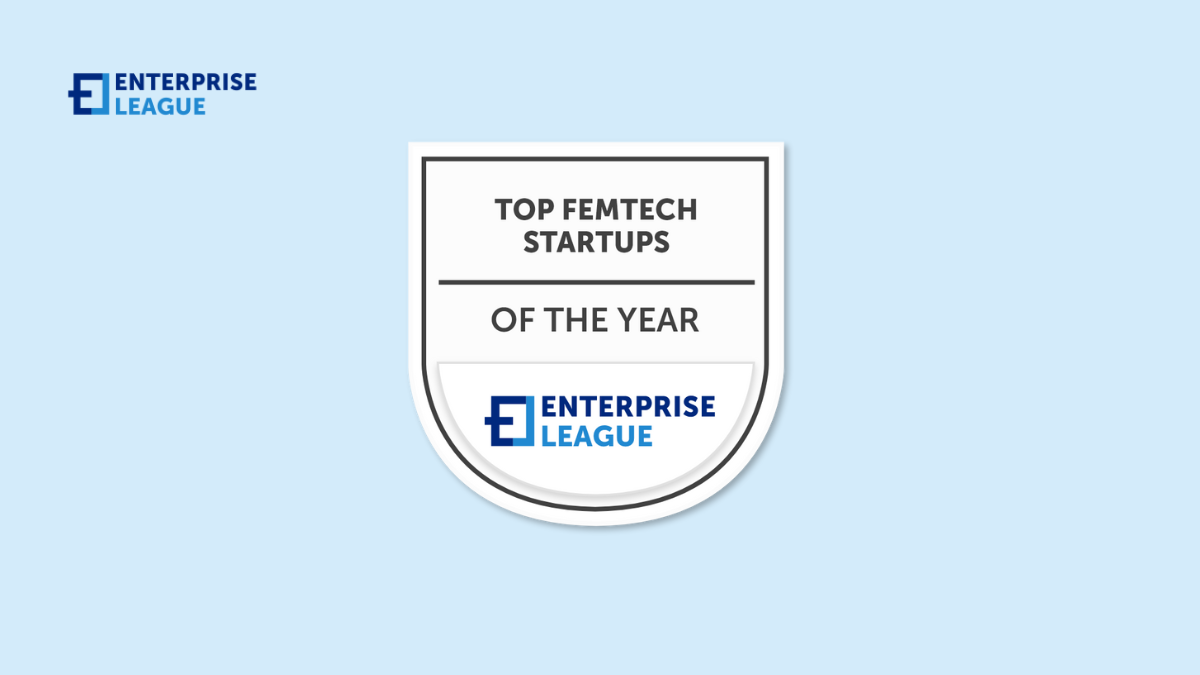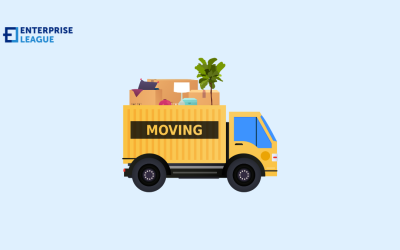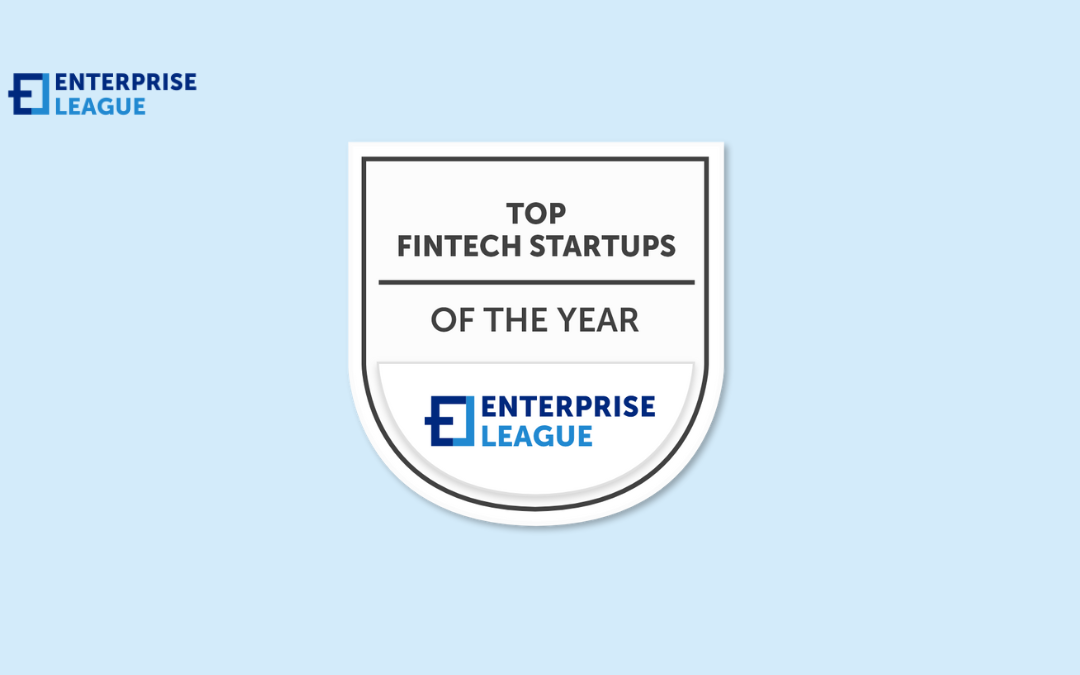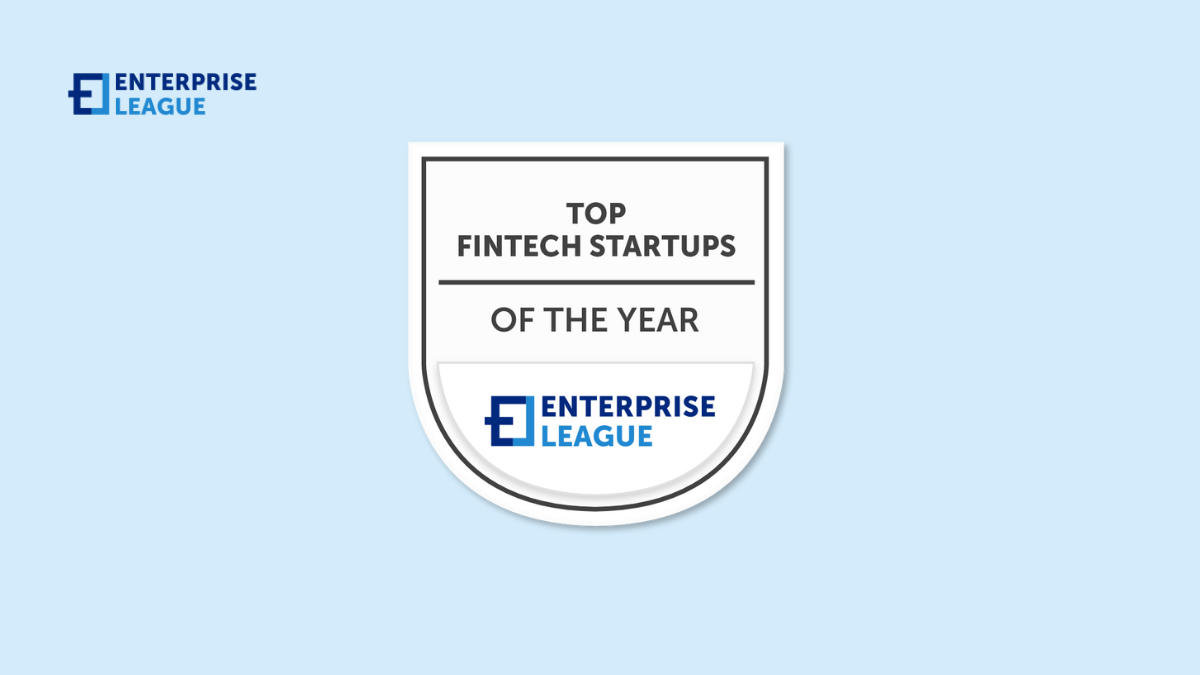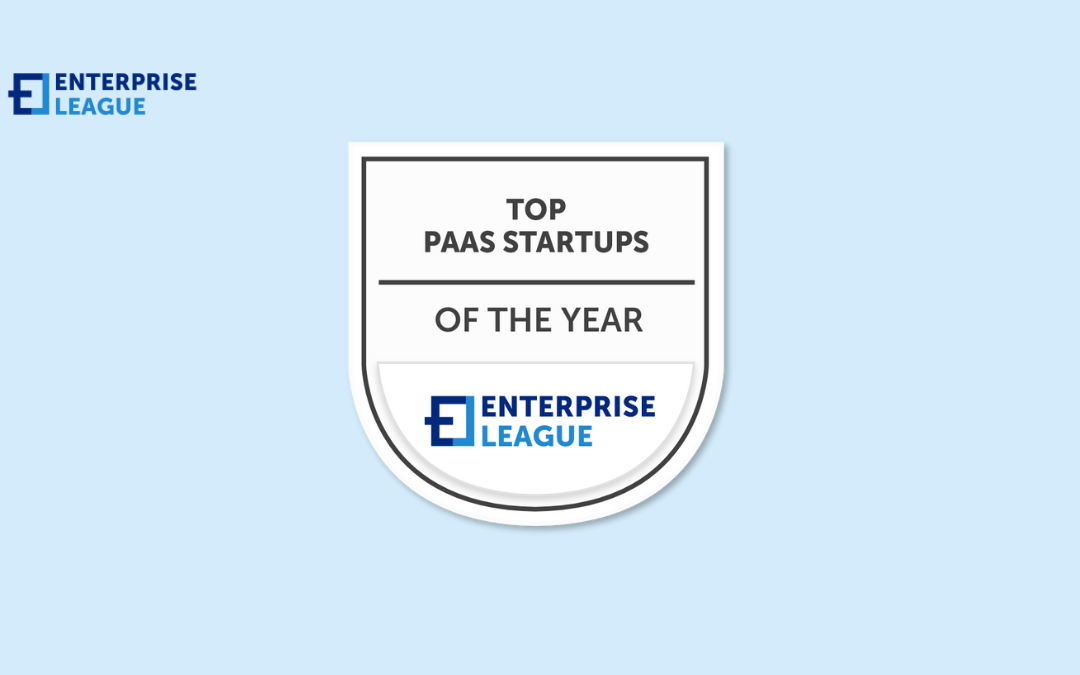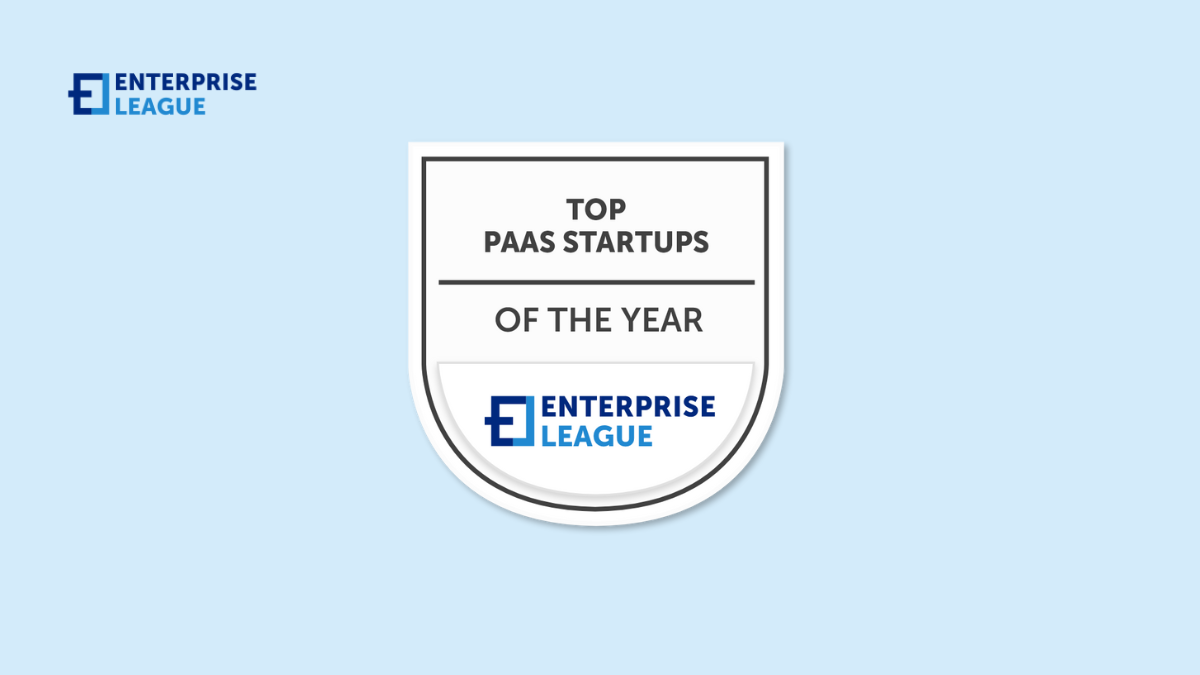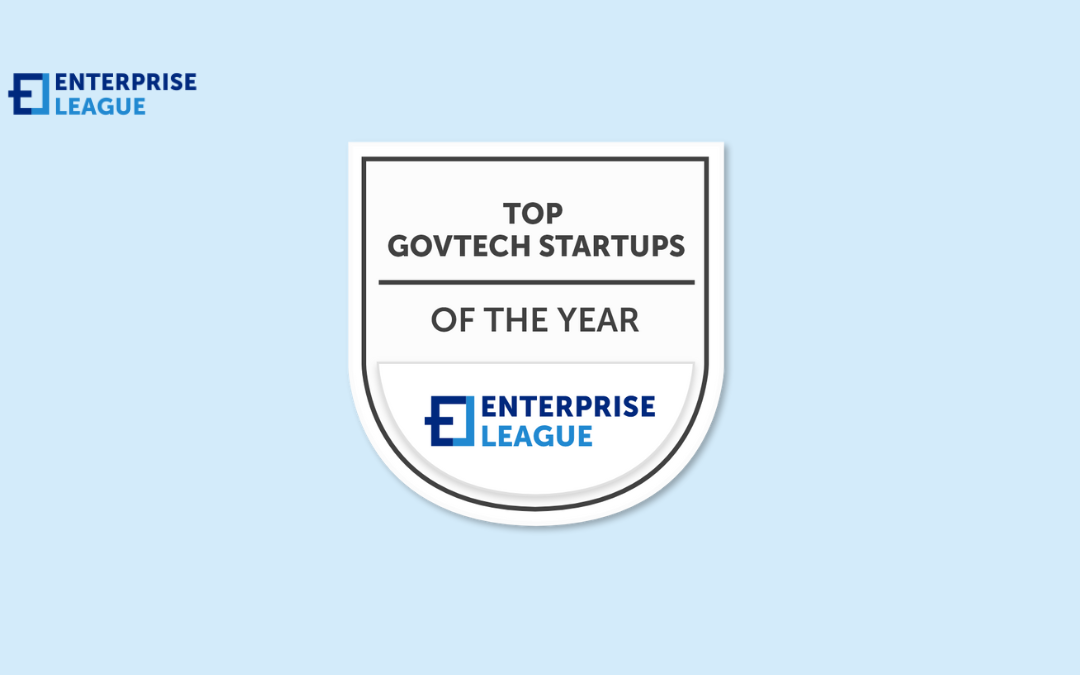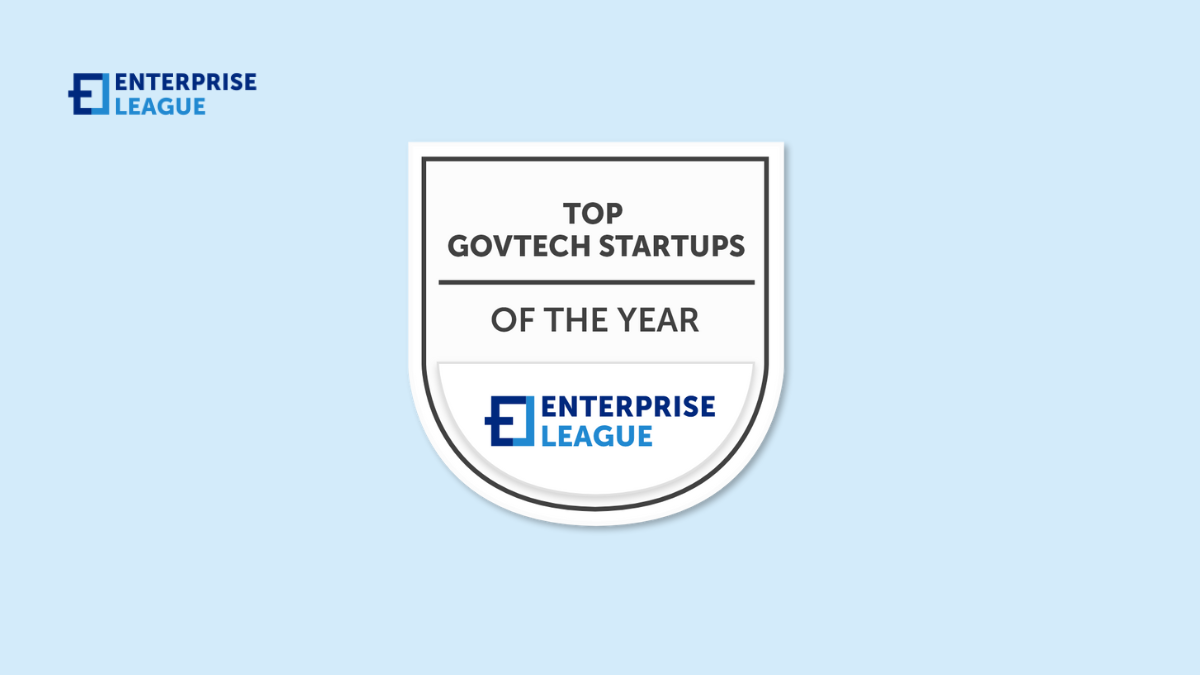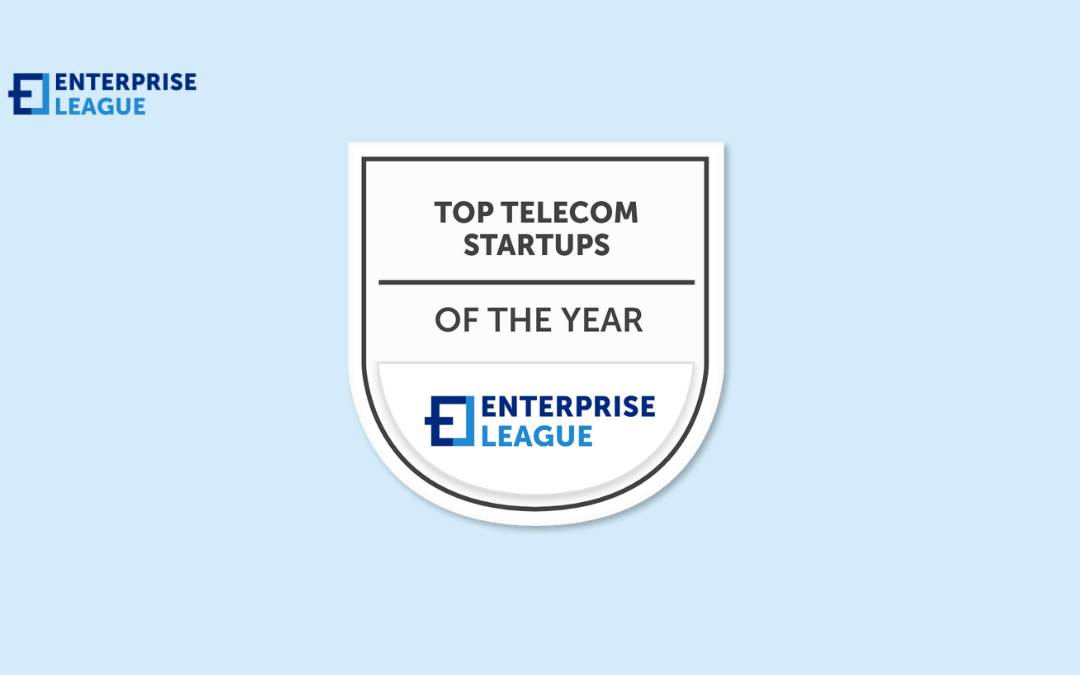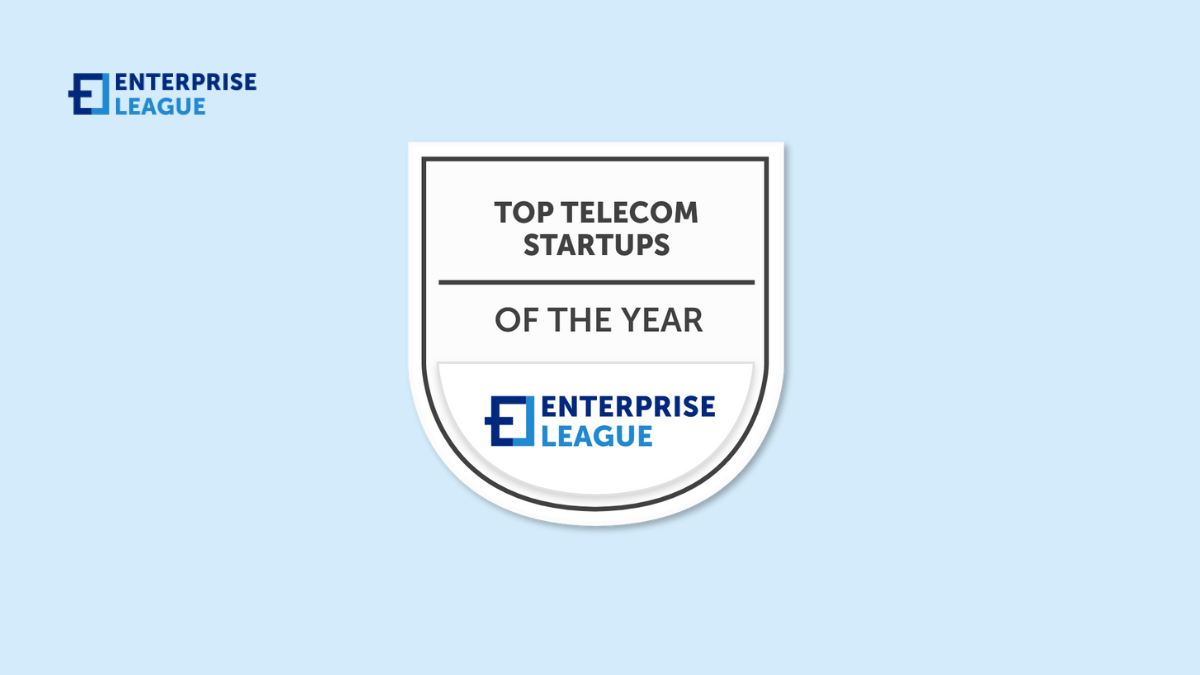Moving across the country can be expensive, but it doesn’t have to break the bank. These 8 tips will help you to stay within your budget while moving across.
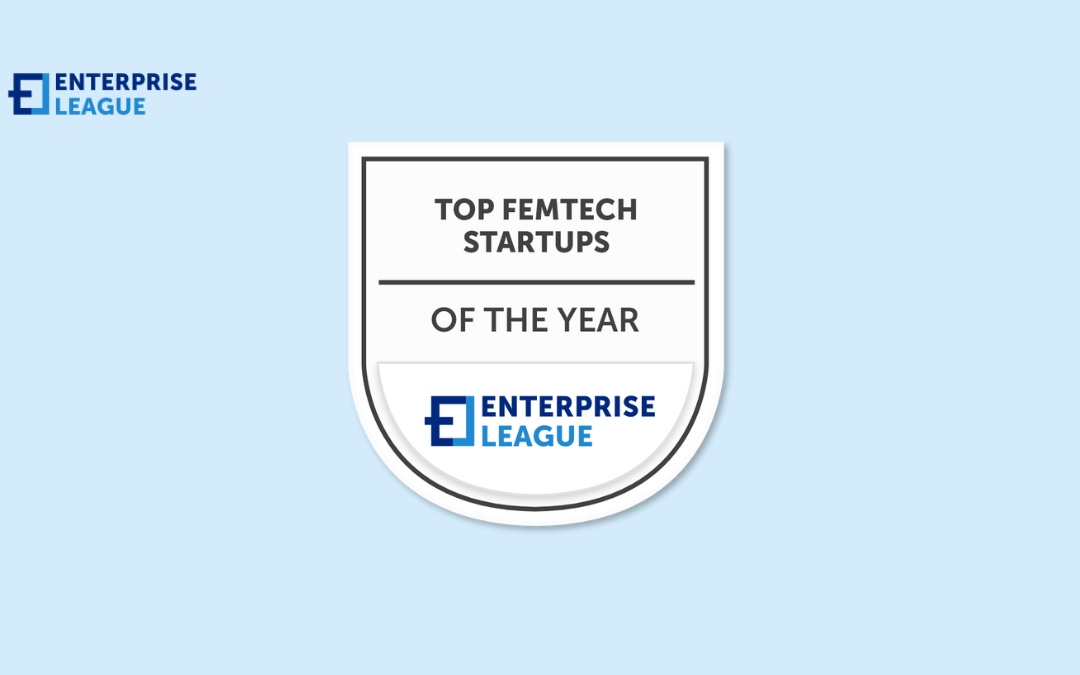
21 femtech startups advancing womens health (2025)
Although significant progress has been made in the last decade, there are still many unmet needs when it comes to women’s health. The emerging femtech startups leading the way in femtech are developing better solutions for tracking fertility, managing conditions like endometriosis, improving maternal health, and more.
Top femtech startups
Complete list of femtech startups that are worth knowing:
Maven Clinic
Founded in 2014, Maven Clinic is a digital health company focused on women’s care surrounding pregnancy and new motherhood. They offer virtual appointments, content, and care programs from preconception into the return-to-work phase after maternity leave.
The Maven platform provides access to telehealth appointments, 1:1 messaging, and real-time classes with a trusted network of women’s and family health practitioners. Patients connect privately via chat, video, or phone with ob-gyns, therapists, career coaches, and other specialists.
Nixit
Nixit launched in 2018 to reinvent the menstrual cup. Their cup is made of soft medical-grade silicone. It has a unique shape that forms to the user’s body. This makes it easier to insert, wear, and remove.
The Nixit cup can be worn for up to 12 hours, holding over three times more fluid than a tampon. Since it collects rather than absorbs, the risk of leaking or overflow is low. The reusable cup also produces less waste compared to pads and tampons.
Carrot Fertility
Founded in 2017, Carrot Fertility provides comprehensive fertility navigation, financing, and mental health support as an inclusive employee benefit. Their platform guides employees through evaluating options all the way through parenthood.
Key offerings include fertility education, emotional support, personalized guidance from fertility nurses, and flexible financial plans covering IVF, adoption, surrogacy, and egg freezing. This provides compassion and resources.
Every Mother
Every Mother launched in 2019 to help moms heal after baby. Their regimen targets common issues like leaks, prolapses, and back pain. The exercises are demonstrated in videos that moms can do at home.
The program is personalized and progresses over time. Moms get access to training plans, reminders, and expert support. There are modifications for C-section, pregnancy and other conditions.
LactApp
Founded in 2017, LactApp provides breastfeeding education, tracking, advice, and community support for nursing mothers. Users log sessions to monitor infant health and get AI-generated guidance to troubleshoot issues.
Key features include lactation analytics, baby growth charts, postpartum health trackers, expert video lessons, and peer discussion groups. This gives mothers confidence and care anytime.
Allara Health
Allara was founded in 2020 to address gaps in PCOS diagnosis and management. Their program offers remote consultations, customized treatment plans, and continuing care. Patients get access to obstetrician-gynecologists as well as nutrition and lifestyle support.
Key features include hormone testing, ultrasounds, and medication delivery if needed. The Allara platform provides community support and PCOS education resources. Ongoing monitoring helps ensure treatments remain effective.
Elektra Health
Elektra launched in 2021 to improve menopause care. Their customized programs help women manage issues like hot flashes, sleep changes, and mood swings. Users get telehealth visits with menopause specialists. There is also an app for tracking and 24/7 care team messaging.
Key features include evidence-based content, community support groups, and at-home lab test kits. Treatments and therapies are tailored to the individual. The platform aims to educate and empower women during this transition.
Elvie
Founded in 2013, Elvie wants to improve women’s health through smarter technology. Their wearable, silent breast pumps allow moms to pump anywhere. The Elvie Trainer app guides women through kegel exercises to strengthen the pelvic floor.
Key features of their products include discreet design, tracking and analytics in the app, and lightweight components. Elvie aims to give women the tools to take care of their bodies with confidence and comfort.
Twentyeight Health
Founded in 2020, Twentyeight aims to make women’s health simple and stigma-free. Their platform offers customized birth control, fertility support, prescription treatments, and more. Everything is handled through their app – no doctors visits needed.
Users start by taking a health assessment quiz. Then they connect with a Twentyeight provider for a consultation. The provider creates a personalized treatment plan which could include prescription birth control pills or patches. These are quickly shipped to the patient’s door in discreet packaging.
Vira Health
Vira launched Stella in 2021 as a solution for menopause care. The app offers a 12-week program to relieve symptoms like hot flashes. Users get personalized hormone, nutrition and lifestyle plans.
Key features include telehealthprovider access, community support groups, and progress tracking. Treatment plans adapt over time to optimize results. The science-based content aims to educate and empower women.
Avestria Ventures
Founded in 2019, Avestria focuses on innovations in femtech, fertility, maternal health, menopause, and more. Their portfolio contains companies like Tia, Elektra Health, and PeriGen.
Avestria provides funding as well as strategic support to founders. Their network of advisors offers critical industry expertise. The fund guides startups from seed to series A fundraising and beyond.
Emm
Founded in 2018, Emm has created a menstrual cup and period tracker app. The app lets users log symptoms and track their cycle. The cup monitors blood volume and cervical fluid to provide personalized health insights.
Key features include reusable cup options, custom cycle forecasts, and science-based education content. Emm aims to destigmatize periods while optimizing care through data.
FemHealth Insights
Founded in 2020, FemHealth partners with companies to guide strategy, investments, and innovation in women’s health. Services include market research, trend analysis, and founder introductions.
Key offerings include landscape mapping, opportunity assessments, and launch readiness evaluation. FemHealth leverages expertise and connections to illuminate insights.
Midi Health
Launched in 2021, Midi Health provides telehealth visits, care plans, and community support. Patients connect with doctors and coaches to manage symptoms and navigate life transitions.
Key offerings include hormone testing and replacement if needed, mental health support, and personalized health tracking. Midi aims to provide judgement-free care that empowers midi-life women.
FemTech Lab
Founded in 2020, FemTech Lab builds digital health products focused on women’s wellbeing throughout life’s stages. Their solutions address menstruation, fertility, pregnancy, menopause, and conditions like PCOS holistically.
Flagship products include the Mindd fertility tracking app, Rae menopause support app, and Clementine women’s hormone companion app. Each provides science-backed guidance and community tailored to stage of life.
Noula
Founded in 2021, Noula guides women through perimenopause, menopause, PCOS, and other transitions. Users take assessment quizzes and track symptoms in the app. This data generates customized supplement, nutrition, and lifestyle recommendations.
Key features include telehealth provider access, community support groups, and evidence-based content. Treatment plans evolve over time for optimal results. Noula aims to educate and empower people navigating hormone changes.
Origin
Key features include 1-on-1 therapy sessions, personalized treatment plans, and expert guidance. Origin aims to destigmatize and optimize care for overlooked conditions.
PCOS Challenge
Founded in 2006, PCOS Challenge aims to empower patients and improve care through knowledge. Their website has evidence-based information about symptoms, treatments, and lifestyle changes. Resources are also available for doctors seeking to improve PCOS management.
Key initiatives include online and in-person events, advocacy campaigns, and a peer health coach program. By educating stakeholders, PCOS Challenge drives progress in research, clinical practices, and public understanding.
Ro
Founded in 2017, Ro offers personalized diagnosis, treatment, prescription delivery, and ongoing care in one platform. Patients connect virtually with medical professionals and get medications shipped to their door.
Key offerings include subscription erectile dysfunction, hair loss, and dermatology treatments. Ro aims to bring healthcare home by removing barriers like access, stigma, and cost.
SteelSky Ventures
Founded in 2019, SteelSky Ventures provides capital and support to seed stage femtech founders. Their portfolio contains companies like Moody Health, Obatala Sciences, and NextGen Jane.
SteelSky Ventures guides startups from founding to follow-on funding and beyond. Their team offers critical industry expertise and connections. The fund aims to elevate entrepreneurs advancing women’s wellbeing.
Wellen
Founded in 2019, Wellen designs programs to improve bone health through exercise. Members get plans tailored to their needs and risks. Coaches provide 1-on-1 support and monitoring. Education resources empower women to advocate for their health.
Key features include virtual strength training, impact modifications, and community support groups. Wellen aims to help women regain strength, mobility, and confidence.
Conclusion
Although the field is still nascent, some femtech startups have already achieved tremendous success with their groundbreaking technologies and services aimed at empowering women with more knowledge, access, and control over their own health.
Discover more creative startups that might interest you:
- Food startups that are developing amazing food making and delivery solutions.
- Innovative legal startups with amazing legal solutions.
- Top media startups that are changing the way the media works in the online world.
- Must-know NFT startups that are on the forefront of this new industry.
- Innovative electrical equipment companies offering cutting-edge solutions.
Related Articles
7 Tips for moving across the country on a budget in 2025
How to increase your income: 5 simple ways
Start making the most of your income with these five efficient money-spending tips. Check out these five simple ways and learn how to increase your income.
5 video editing tips for perfecting your TikTok content
If you want to up your TikTok content game, learn how to make the best content with these 5 easy video editing tips! They’ll help you stand out from the crowd.
Tips for getting a small business loan with a bad credit
Obtaining a small company loan with negative credit might be difficult, but with careful preparation and these strategies, you may discover an opportunity.
4 Tips for integrating robotic polishing into your business operations
Successfully integrating robotic polishing requires knowledgeable hiring, employee training, workflow optimization and strategic technology assimilation

